10 Best Commiphora Molmol Preparations
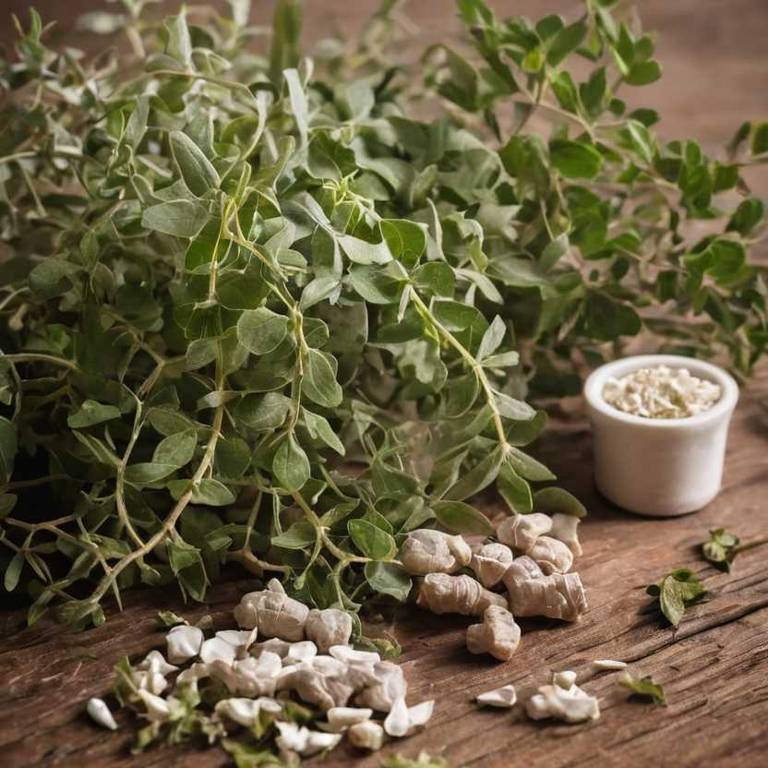
The best medicinal preparations of Commiphora molmol are decoctions, teas, oils, tinctures, and syrups, each offering unique benefits for various ailments.
Decoctions involve simmering the resin in water to extract its active compounds, while teas are made by steeping the dried resin in hot water.
Oils are created by infusing the resin into a carrier oil, enhancing its absorption through the skin.
Tinctures are prepared by soaking the resin in alcohol to concentrate its healing properties.
Syrups, often made with honey or sugar, provide a palatable and soothing method of consumption for respiratory and digestive issues.
Below there's a list of the 10 best herbal preparations of commiphora molmol for medicinal purposes.
- 1. Decoctions
- 2. Teas
- 3. Oils
- 4. Tinctures
- 5. Syrups
- 6. Mucillages
- 7. Capsules
- 8. Creams
- 9. Linctuses
- 10. Lozenges
1. Decoctions
Commiphora molmol decoctions is commonly used to treat respiratory and digestive disorders, as well as skin conditions.
This herbal preparation has been traditionally used to alleviate symptoms of cough, bronchitis, and asthma due to its expectorant and anti-inflammatory properties. It is also employed to address gastrointestinal issues such as indigestion and inflammation of the stomach lining. The bioactive constituents responsible for these medicinal effects include terpenoids, flavonoids, and essential oils, which exhibit antimicrobial, antioxidant, and anti-inflammatory activities.
These compounds contribute to the plant's effectiveness in managing various health conditions.
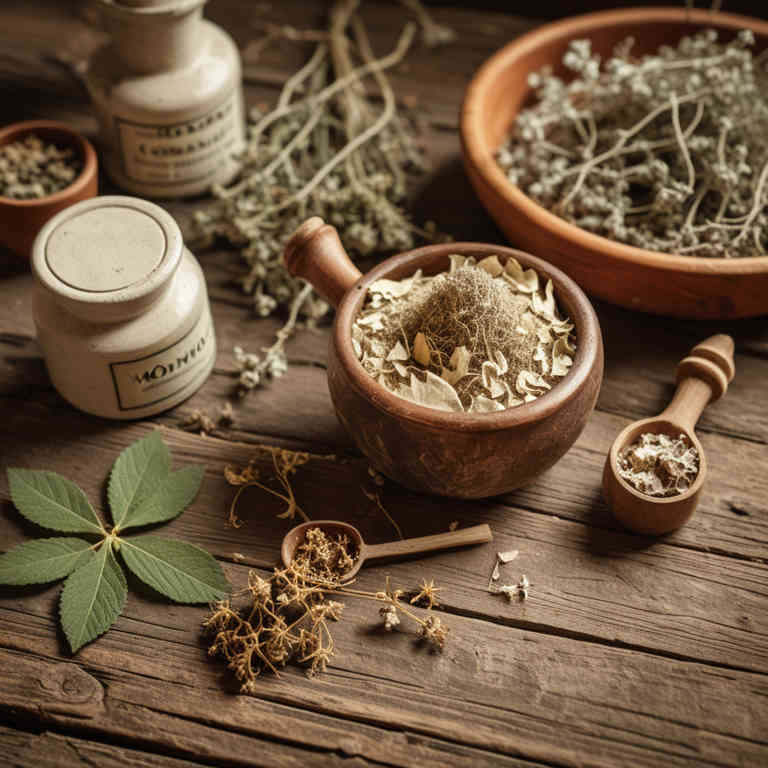
2. Teas
Commiphora molmol teas is commonly used to treat respiratory and digestive ailments, as well as to reduce inflammation and relieve pain.
The most common medicinal uses include alleviating symptoms of coughs, bronchitis, and asthma, as well as addressing gastrointestinal issues like indigestion and inflammation of the stomach lining. It is also used in traditional medicine to support the immune system and reduce fever. The bioactive constituents responsible for its medicinal properties include essential oils such as limonene and alpha-pinene, along with compounds like sesquiterpenes and flavonoids, which possess anti-inflammatory, antimicrobial, and antioxidant effects.
These components work together to provide the therapeutic benefits associated with Commiphora molmol teas.

3. Oils
Commiphora molmol oils is commonly used to treat skin conditions, respiratory issues, and inflammatory disorders.
The oil is widely applied for its antifungal, antibacterial, and anti-inflammatory properties. It is often used in traditional medicine to alleviate symptoms of eczema, psoriasis, and fungal infections. The bioactive constituents include terpenoids, phenolic compounds, and essential oils that contribute to its therapeutic effects.
These components help reduce inflammation, fight infections, and promote wound healing.

4. Tinctures
Commiphora molmol tinctures is commonly used to treat respiratory conditions, digestive issues, and inflammatory disorders.
These tinctures are often employed to alleviate symptoms of coughs, bronchitis, and asthma due to their expectorant and anti-inflammatory properties. They are also used to address gastrointestinal discomfort such as indigestion and bloating. The bioactive constituents responsible for these effects include essential oils, resins, and compounds like sesquiterpene lactones and flavonoids.
These components contribute to the plant's antimicrobial, anti-inflammatory, and antispasmodic actions.
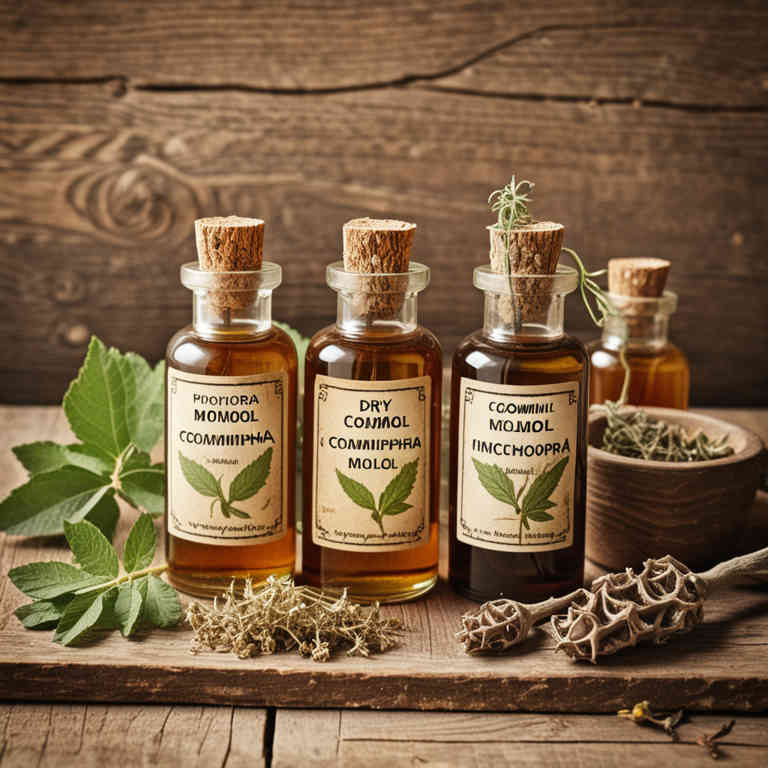
5. Syrups
Commiphora molmol syrups is commonly used to treat respiratory and digestive disorders, as well as skin conditions.
The syrups are traditionally employed to alleviate symptoms of coughs, bronchitis, asthma, and gastrointestinal issues such as indigestion and inflammation. They are also applied topically for their antiseptic and anti-inflammatory properties to heal wounds and reduce skin irritation. The medicinal effects are attributed to bioactive constituents such as sesquiterpene lactones, volatile oils, and resin acids, which exhibit antimicrobial, anti-inflammatory, and expectorant activities.
These compounds contribute to the plant's reputation as a valuable remedy in traditional medicine.
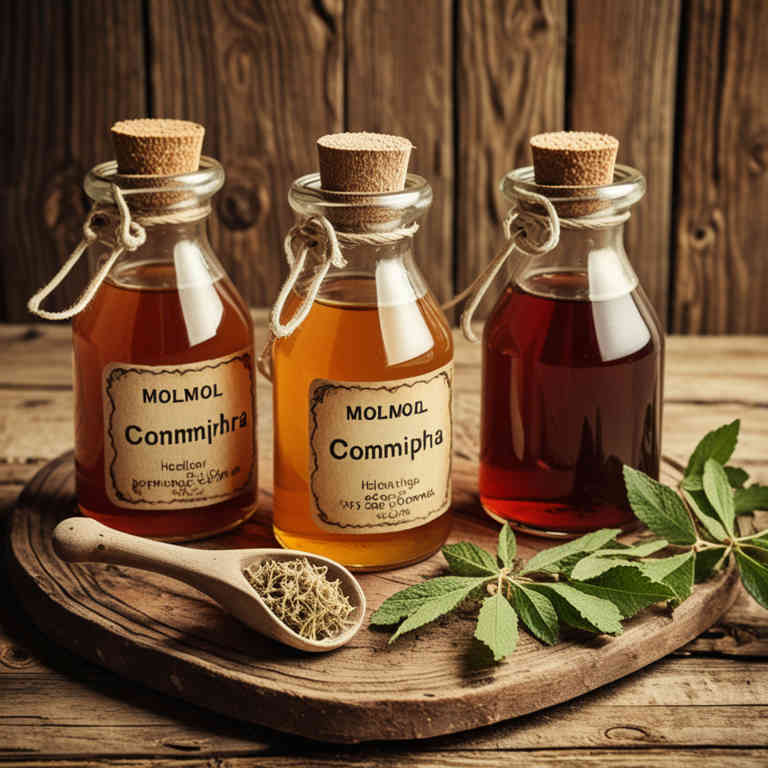
6. Mucillages
Commiphora molmol mucillages is commonly used to treat respiratory and digestive tract ailments, as well as inflammatory conditions.
The mucillages are valued for their soothing and protective properties, making them useful in alleviating symptoms of coughs, sore throats, and gastrointestinal discomfort. They are also applied topically to reduce inflammation and promote wound healing. The bioactive constituents include polysaccharides, flavonoids, and terpenoids, which contribute to its anti-inflammatory, antimicrobial, and mucoprotective effects.
These compounds help in reducing irritation and supporting the body’s natural healing processes.
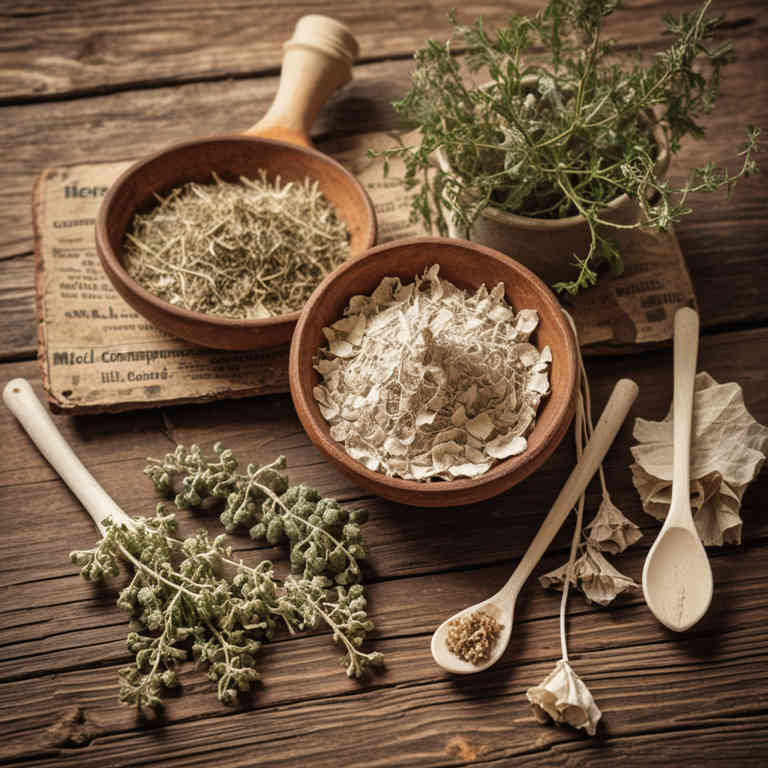
7. Capsules
Commiphora molmol capsules is commonly used to treat respiratory, digestive, and inflammatory conditions.
The most common medicinal uses include alleviating symptoms of asthma, bronchitis, and cough, as well as addressing gastrointestinal issues like indigestion and inflammation. It is also used for its antimicrobial and anti-inflammatory properties to manage skin infections and joint inflammation. The bioactive constituents responsible for these effects include terpenoids, flavonoids, and essential oils, which exhibit antioxidant, anti-inflammatory, and antimicrobial activities.
These compounds contribute to the plant's traditional use in herbal medicine across various cultures.

8. Creams
Commiphora molmol creams is commonly used to treat skin conditions, inflammation, and infections due to its antimicrobial and anti-inflammatory properties.
These creams are often applied topically to alleviate symptoms of eczema, psoriasis, and fungal infections. They are also used to reduce pain and swelling associated with arthritis and other inflammatory disorders. The bioactive constituents responsible for these effects include terpenoids, resins, and flavonoids, which exhibit antioxidant, antiseptic, and immunomodulatory activities.
This herbal preparation has been traditionally used in various cultures for its soothing and healing benefits on the skin.

9. Linctuses
Commiphora molmol linctuses is commonly used to relieve respiratory conditions such as coughs, bronchitis, and asthma.
This herbal preparation is valued for its expectorant and anti-inflammatory properties, which help to loosen mucus and reduce irritation in the airways. It is also used to treat sore throats and other upper respiratory infections. The most common medicinal uses include alleviating symptoms of colds, flu, and chronic respiratory disorders.
The bioactive constituents responsible for its medicinal effects include volatile oils, resin acids, and flavonoids, which possess antimicrobial, anti-inflammatory, and bronchodilatory actions.
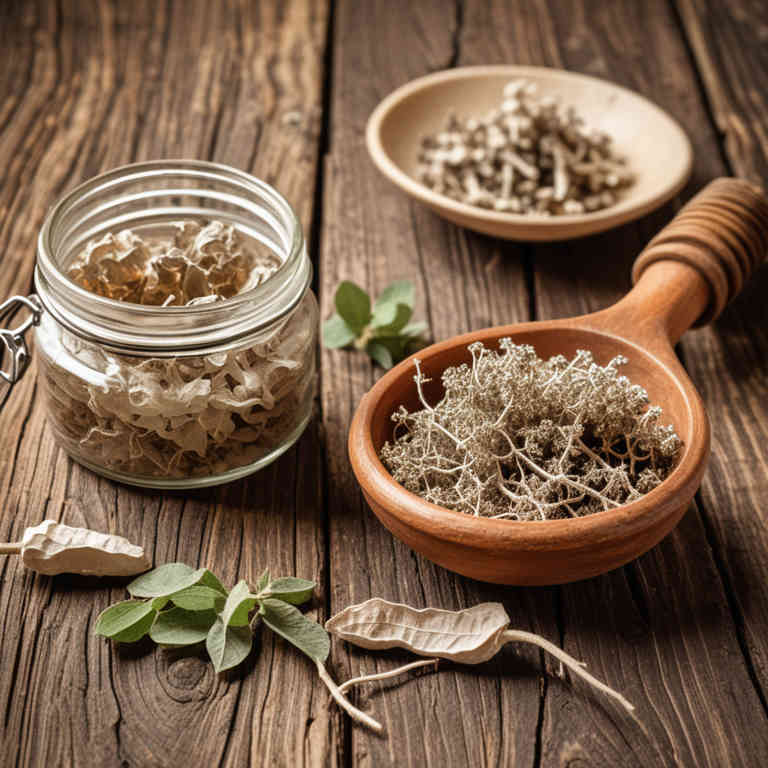
10. Lozenges
Commiphora molmol lozenges is commonly used to relieve symptoms of respiratory tract infections, sore throat, and cough.
These lozenges are often prepared from the resin of the Commiphora molmol plant, which is known for its therapeutic properties. The most common medicinal uses include treating inflammation of the throat, reducing coughing, and alleviating symptoms of colds and bronchitis. The bioactive constituents responsible for these effects include compounds such as sesquiterpene lactones, alkaloids, and flavonoids, which possess anti-inflammatory, antimicrobial, and analgesic properties.
These components work synergistically to provide relief and support the body's natural healing processes.
